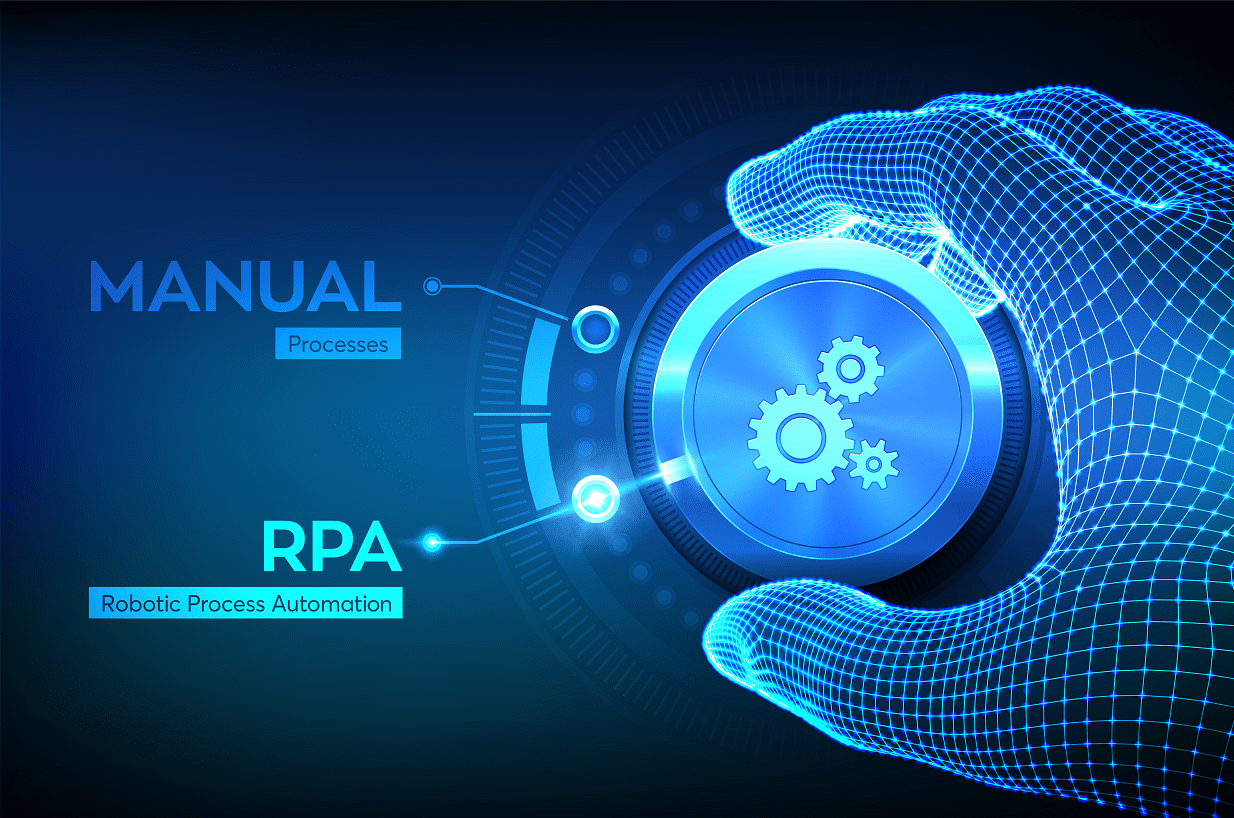Don’t Drown in the Automation Wave! Adoption of RPA is Increasing Rapidly
For years now, the term “automation wave” has swept through businesses at break-neck speed. With the rapid adoption of RPA taking place, where does this wave stand now, and organizations with it?
Adoption of RPA has Dramatically Increased
The adoption of robotic process automation (RPA) has increased rapidly over the past year in various industries, and with it, the capabilities/bandwidth of automation in itself. RPA has proven itself to be “recession proof”, unwavering by the state of the economy and un-stagnant in functionality. Meaning, the capabilities of RPA continue to become more intelligent, and have therefore shifted from a “good to have” to a “must have” in an organization’s digital transformation journey.
So where does the adoption of RPA stand now? In a recent report, RPA Today details that 9 out of 10 (or 93%) of C-level executives stated that they are deploying, or actively extending automation capabilities within their company. Of that statistic, 81% noted RPA’s role in scaling Artificial Intelligence (AI) within their organization.
Therefore, these executives are not only extending the capabilities of RPA to automate end-to-end processes, but they’re using this same technology to intelligently identify other candidates for automation. Among the many statistics shared over the previous months on RPA, there are various reasons that make these particular details stick out among the rest, which should be important to you.

From ideation to implementation
Salesforce Global Innovation Evangelist, Brian Solis, stated in an Automation Anywhere 2020 Digital Webinar that businesses were undergoing a “ctrl-alt-delete” period. Meaning, in this time of economic uncertainty, businesses are recognizing the need to move from the “new normal” to the “next normal” in the efficiency of processes. It’s an opportunity to start over, and scale technologies to achieve new efficiencies – setting themselves up for success in the very near future.
The above-mentioned survey that polled multiple C-level executives on their RPA initiatives, also polled over 6,500+ knowledge workers and IT professionals. The results indicated that 78% of these knowledge workers agree that RPA will be a critical solution for increasing productivity, with more than half of them saying it is essential to remain competitive, especially in the midst of the COVID-19 pandemic.
This means within the digital transformation businesses are being forced to undergo, scalable RPA implementations encompass an overwhelming majority of the act. Businesses have effectively moved from the “idealization” phase to a full scale “implementation” phase. The adoption of RPA has increased so dramatically, and in such a short amount of time, one can argue that organizations who haven’t started their journey yet are already out of time.
Adoption of RPA will only grow
Skeptics that may be waiting on the automation wave to pass until the “next big thing” shouldn’t hold their breath (no pun intended). Another report indicated that automation spending by major organizations will increase by 55%, or roughly $42 billion dollars within just the next 5-years. Of this gross spending, RPA technology is said to encompass half of that, rendering in about $25 billion within this time span. Businesses that have been most impacted by stay-at-home orders, such as retail centers and travel organizations, are said to be the organizations taking up the majority of this spending.
Both organizations and individuals need to see not only where the future of this technology is going, but follow the investments in the process. As enterprise-level organizations stray away from manual processes, and leap their instances towards end-to-end/intelligent automation practices, the demand for corresponding labor/human capital will follow. In this automation wave, humans have the capacity and opportunity to render themselves even more beneficial than before, if their priorities remain in the right place.
Opportunity in the “new normal”
Both businesses and individuals need to stray away from trying to go back to the way things were. This economic downturn witnessed in 2020 sparked an overwhelming surge of change in the realm of digital transformation, and especially automation. Finance and accounting organizations, retail, supply chain/manufacturing and sales-driven businesses are just a few examples of organizational functions that will be forever changed by RPA technology moving forward. Digital transformation in the organization starts with, and is driven by, the individuals willing to push the limits of the unknown and the uncomfortable to not only survive, but to thrive.
Looking for more on RPA?
Explore more insights and expertise at smartbridge.com/automation
Keep Reading: The New Normal in Automation for the “Novel” Economy
There’s more to explore at Smartbridge.com!
Sign up to be notified when we publish articles, news, videos and more!
Other ways to
follow us:




